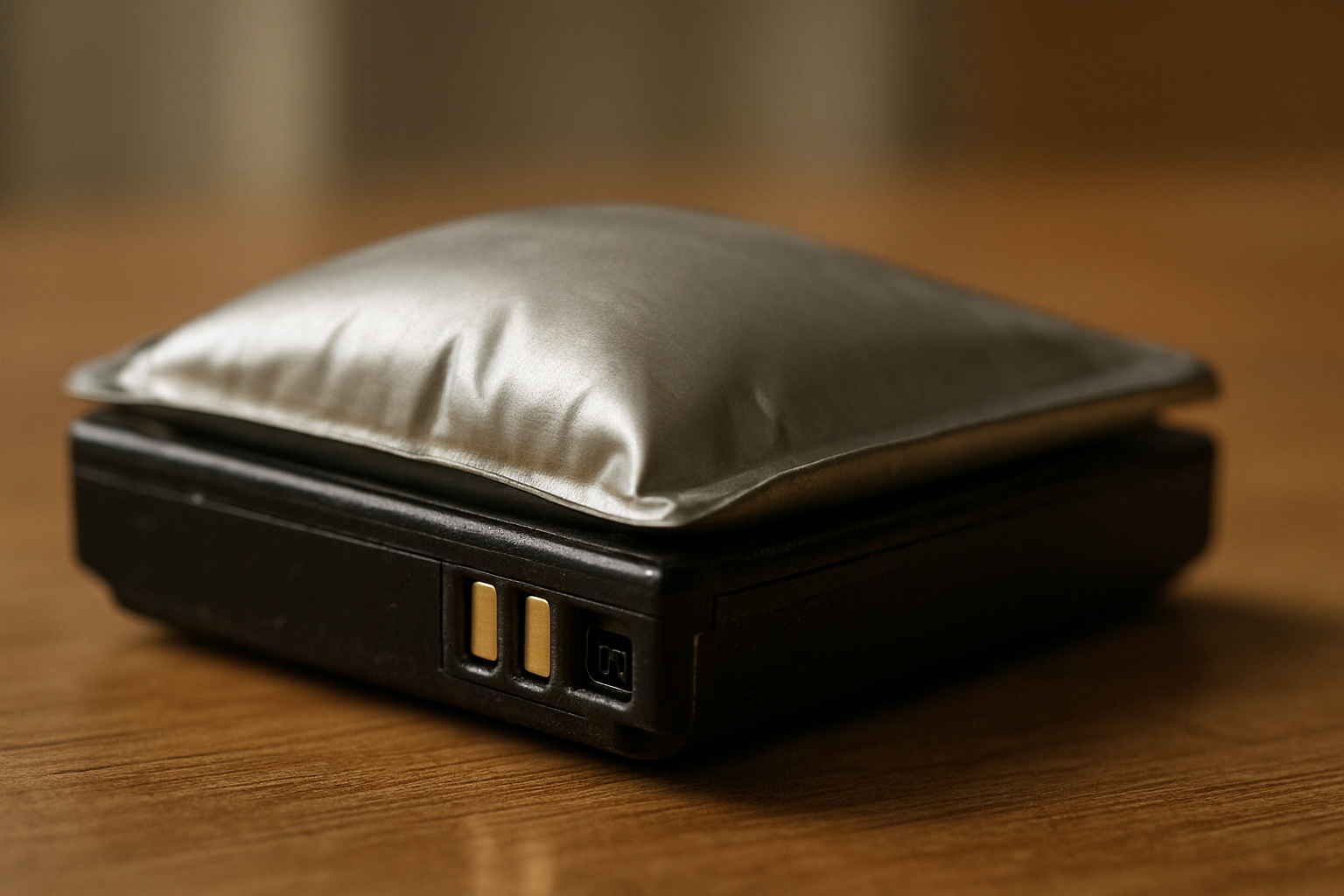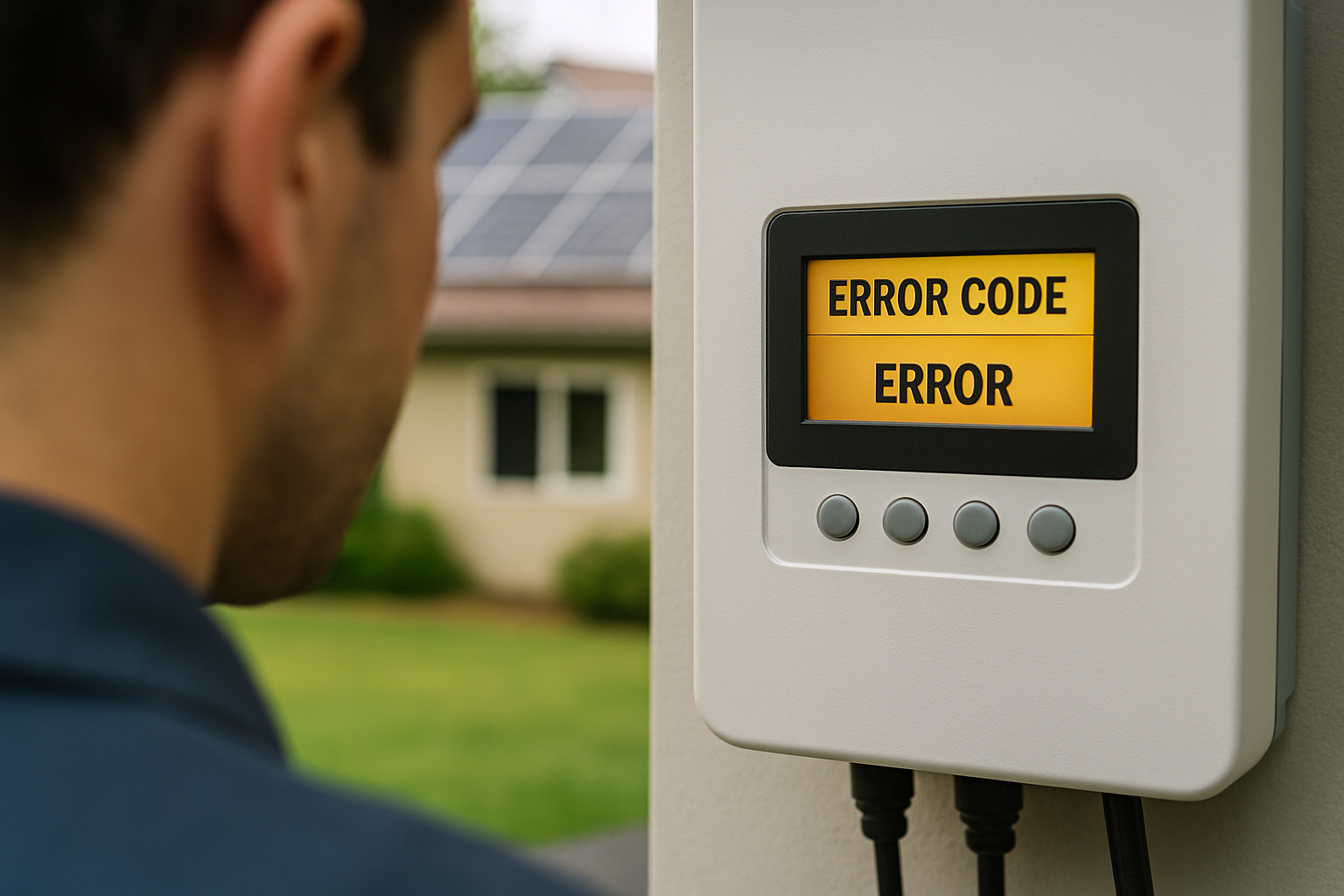Harnessing solar energy offers a path to energy independence, but understanding how your system behaves during power outages is crucial. Solar setups typically fall into two main categories: grid-tied and off-grid. Each type responds differently when the utility grid experiences an interruption. Knowing these distinctions helps you determine if a power loss is a normal system response or a sign that you need professional assistance.

Grid-Tied Systems and Outages: The Anti-Islanding Principle
Understanding Grid-Tied Systems
Grid-tied solar systems connect directly to the utility electrical grid. They allow you to use solar power, feed excess electricity back to the grid, and draw power from the grid when your solar production is insufficient. These systems do not typically include battery storage, meaning they rely on the grid for continuous power supply.
The Role of Anti-Islanding
When the utility grid experiences an outage, grid-tied solar systems are designed to shut down automatically. This safety feature is called "anti-islanding." Grid operators require local power sources, like your solar system, to disconnect from the grid during an outage. This prevents your system from feeding electricity back into de-energized power lines, which could pose a severe hazard to utility workers performing repairs. According to Quality infrastructure for smart mini-grids, unintentional islanding can be hazardous to line workers and can obstruct central control over power quality. It also risks damaging utility or customer equipment upon reconnection.
This shutdown is a normal and necessary safety protocol. Your inverter will detect the grid outage and cease power production. Once grid power is restored, your inverter will typically perform a brief self-check before automatically restarting and resuming power supply to your home and the grid.
When a Service Call is Needed for Grid-Tied Systems During an Outage
If your grid-tied system properly shuts down during an outage, that is expected behavior. A service call becomes necessary if your system exhibits unusual behavior after the grid power has been restored. Consider contacting a professional if:
- Your system fails to restart automatically after the grid comes back online.
- Your inverter displays persistent error codes that do not clear after grid restoration.
- You notice any unusual sounds, smells, or visible damage to your system components during or after the outage.
- Your energy production remains significantly lower than usual even after the grid is stable.
Off-Grid Systems and Outages: Maintaining Independence
Defining Off-Grid Systems
Off-grid solar systems operate independently of the utility grid. They are self-contained power solutions often used in remote locations, farms, or cabins where grid access is limited or unavailable. These systems inherently include battery banks to store excess solar energy and an inverter to convert it for household use. This design allows them to provide continuous power, even during grid outages, because they are not connected to the grid.
How Off-Grid Systems Handle Outages
For an off-grid system, a utility grid outage is irrelevant. Your system continues to function as designed, drawing power from your solar panels and battery bank. The primary concern for off-grid users during extended periods of low solar production (e.g., cloudy days) or high consumption is battery depletion, not grid failure. Intentional islanding, where a local power source operates independently, is a key benefit of these systems, especially useful during grid disturbances, as noted in Quality infrastructure for smart mini-grids.
Common Off-Grid System Failures and Troubleshooting Limits
While off-grid systems are built for resilience, they can still experience issues that mimic or are exacerbated by prolonged "outage-like" conditions (i.e., lack of solar input or excessive demand). You might encounter:
- Battery Depletion: If solar input is insufficient and consumption is high, batteries may drain completely, leading to a system shutdown.
- Inverter Overload: Drawing more power than your inverter can handle will cause it to trip or shut down.
- Component Malfunctions: Any part of the system—panels, charge controller, batteries, or inverter—can fail independently.
Basic troubleshooting involves checking battery levels, reducing load, or inspecting visible connections. However, complex diagnostics often require specialized tools and knowledge. For instance, diagnosing internal battery cell imbalances or inverter communication errors goes beyond typical user capabilities.
Differentiating System Failures from Grid Outages
Understanding the difference between a utility grid outage and a problem within your solar system is key to knowing when to seek help. Here’s how to tell:
Signs a Grid-Tied System is Failing (Not Just a Grid Outage)
If your neighbors have power but your grid-tied solar home does not, or your system is not producing power when the grid is active, these are clear indicators of a system failure. Look for:
- No Power When Grid is Up: This is the most direct sign.
- Persistent Inverter Error Codes: Your inverter’s display can provide valuable diagnostic information. Error codes that remain even after power cycling (if safe to do so) or grid restoration suggest an internal issue.
- Lower-Than-Expected Production: Monitoring data showing a sudden or sustained drop in kilowatt-hour output without clear environmental reasons (like heavy clouds or snow).
Signs an Off-Grid System is Failing
An off-grid system failure means your independent power source is compromised. Signs include:
- Frequent Low Voltage Alarms: Indicating insufficient battery charge or an inability to meet demand.
- Rapid Battery Voltage Drops: Batteries depleting much faster than usual, even with adequate solar input. This suggests battery degradation or an excessive load.
- Inverter Shutdowns: Without an overload condition, an inverter shutting down points to an internal fault.
- Inconsistent Power Supply: Lights flickering, appliances cutting out, or general instability of your electrical supply.
Modern solar and energy storage systems often come with monitoring platforms. These platforms provide real-time data on energy production, consumption, and battery status. Analyzing this data helps you quickly identify deviations from normal operation, allowing for proactive intervention. For example, consistent drops in output or unusual battery behavior visible through monitoring can signal an issue before a complete system failure.
When to Call for Professional Service
While some minor issues can be resolved with basic troubleshooting, many scenarios demand the expertise of a professional solar technician. Prioritizing safety and protecting your investment are paramount.
Safety First: Electrical Hazards
Solar energy systems involve high voltage direct current (DC) and alternating current (AC). Attempting to repair complex electrical components without proper training and safety equipment can lead to severe injury or even fatality. Always assume wires are live and leave electrical work to certified professionals.
Complex Diagnostics and Repair
Many system issues, especially those related to inverters, charge controllers, or battery management systems, require specialized diagnostic tools and in-depth technical knowledge. For instance, an inverter displaying a communication error or a battery bank showing imbalanced cell voltages cannot be easily fixed by a homeowner. These components are integral to system performance and safety. Grid codes and interconnection standards, which set technical requirements for grid-connected entities, highlight the complexity of these systems and the need for expert handling. The Power of Transformation mentions that these standards are crucial for reliable power system operation.
Protecting Your Investment and Warranty
Most solar equipment comes with warranties that cover defects in materials and workmanship. Attempting unauthorized repairs often voids these warranties, leaving you responsible for costly replacements. Professional service ensures that repairs are performed correctly, using approved parts, and maintains your warranty coverage, safeguarding your long-term investment in renewable energy.
Consider calling a professional for:
- Any situation where your grid-tied system fails to restart after a grid outage.
- Persistent error codes on your inverter or charge controller that you cannot resolve.
- Unusual sounds (buzzing, humming, clicking) or smells (burning plastic, sulfur, ozone) from any system component.
- Visible damage to solar panels, wiring, or other equipment.
- Significant, unexplained drops in power production or battery performance.
- Breakers tripping frequently without an obvious cause.
Our commitment involves providing reliable, scalable energy solutions. We focus on advanced lithium battery manufacturing, comprehensive energy storage systems, and integrated ESS development. Our products, including high-performance LiFePO4 batteries, residential energy storage systems that combine batteries, hybrid inverters, and solar panels, and robust off-grid solar solutions, are designed to help you achieve energy independence. Our solar inverters efficiently convert DC power to AC, ensuring seamless energy flow.
Ensuring Continuous Energy
Understanding how grid-tied and off-grid solar systems respond to power outages is fundamental for any solar owner. While anti-islanding is a crucial safety feature for grid-tied setups, off-grid systems are designed to provide uninterrupted power. Recognizing the distinct signs that indicate a system malfunction, rather than a simple grid outage, empowers you to act decisively. When in doubt, or when facing complex technical issues, engaging a certified solar professional is the safest and most effective approach. This ensures your system operates efficiently, reliably, and safely, helping you maintain a consistent and independent power supply for your home.





Leave a comment
All comments are moderated before being published.
This site is protected by hCaptcha and the hCaptcha Privacy Policy and Terms of Service apply.